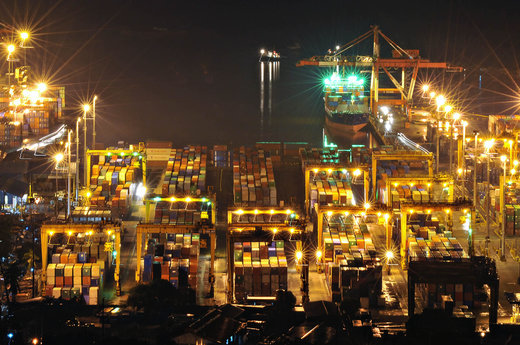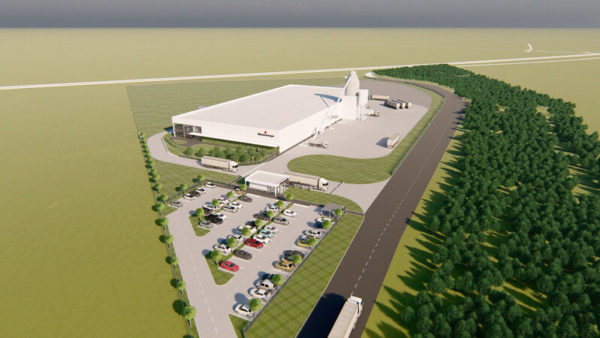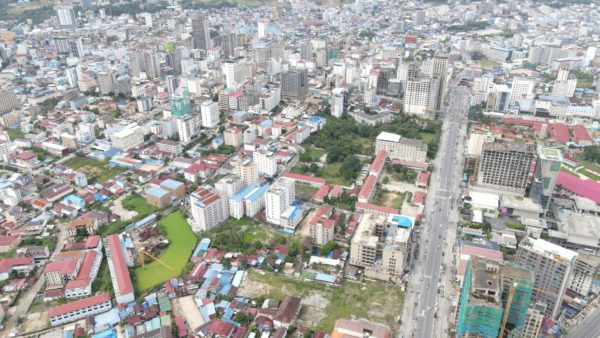19 July 2013
Continued tepid demand from the major industrial economies coupled with slower growth in China are dampening the outlook for developing Asia, says a new Asian Development Bank (ADB) report.
The latest Asian Development Outlook Supplement released this week trimmed the 2013 growth forecast for the 45 developing member countries of ADB to 6.3% and cut its 2014 forecast to 6.4%.
In April, ADB had predicted the region to grow 6.6% this year and 6.7% next year.
"The drop in trade and scaling back of investment are part of a more balanced growth path for PRC, and the knock-on effect of its slower pace is definitely a concern for the region," said ADB Chief Economist Changyong Rhee. "But we are also seeing more subdued activity across much of developing Asia."
China, home to developing Asia’s largest economy, is likely to see its economy expand 7.7% this year and 7.5% in 2014 after growth of 7.8% in 2012.
The report notes that import and export growth has slowed given weak external demand, but notes continuing robust consumer confidence.
Slower growth in the PRC has subdued the outlook for the entire East Asia region, as well as, to a lesser extent, for Southeast Asia, where the Philippines and other large ASEAN countries are otherwise seeing solid growth.
Southeast Asia’s economic growth was generally solid in the first quarter of 2013.
The Philippines achieved stronger-than-expected GDP growth of 7.8% year on year, as domestic demand was buoyed by accelerated public and private investment and stable remittance inflows.
Indonesia’s domestic demand continues to be strong, driven by private consumption and both private and public investment, with GDP growing by 6.0% year on year.

Port of Manila, Philippines (Theurbanhistorian/Wikimedia)
Thailand’s economic growth moderated to 5.3% year on year in the first quarter, coming off a rapid 2012 pace that largely reflected recovery from floods in 2011.
Malaysia’s economic growth slowed on weaker external demand and moderating domestic demand.
The rest of the subregion is holding up relatively well, except that Singapore’s open economy grew by only 0.2% year on year in the first quarter of 2013.
The ADB expects India to see growth moderate to 5.8% in 2013 against the earlier projection of 6.0%.
While this is higher than the 5.0% posted in 2012, growth remains constrained by supply-side bottlenecks, as reflected in the continued slowdown in fixed capital formation, weakness in the industrial sector, and sluggish progress in pushing through badly needed structural reforms.
However, growth in India is expected to accelerate in 2014 as slower inflation provides some scope for monetary easing that could boost investment and consumption.
Growth will be further boosted by pre-election spending, and the pickup in US growth will support Indian tech companies and related service sectors.
ADB maintains its 2014 forecast of 6.5% for 2014. Elsewhere in South Asia, Sri Lanka continues to grow strongly while other parts of the region will see softer than anticipated growth.
The report has also trimmed forecasts for Central Asia, reflecting the sluggish economic performance of Kazakhstan and Georgia, and for the Pacific where Timor-Leste is seeing a slowdown in government spending.
Inflation pressures, meanwhile, are waning on the back of declining energy and food prices, given slower global demand for fuels and bumper grain harvests.










